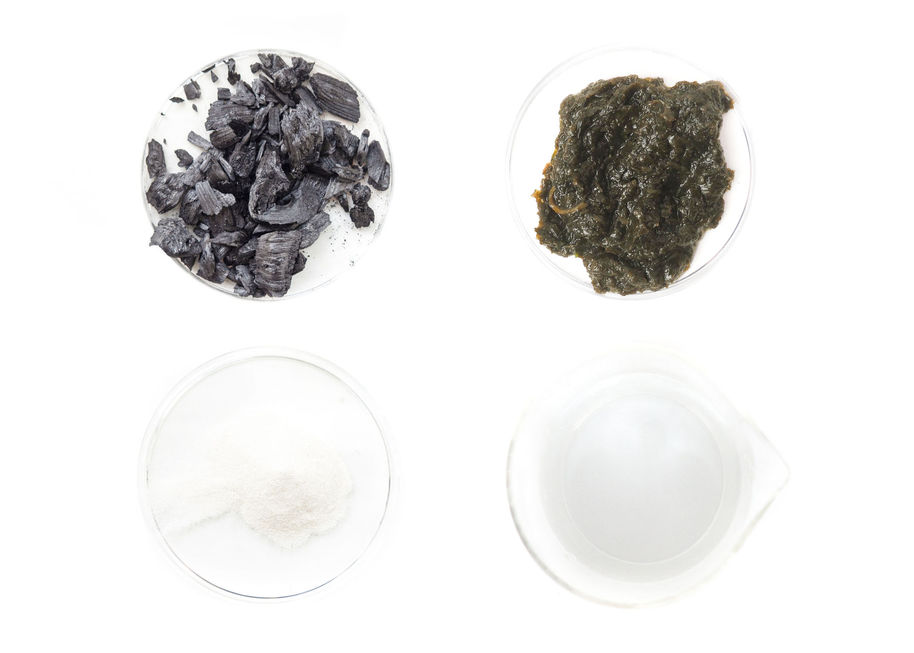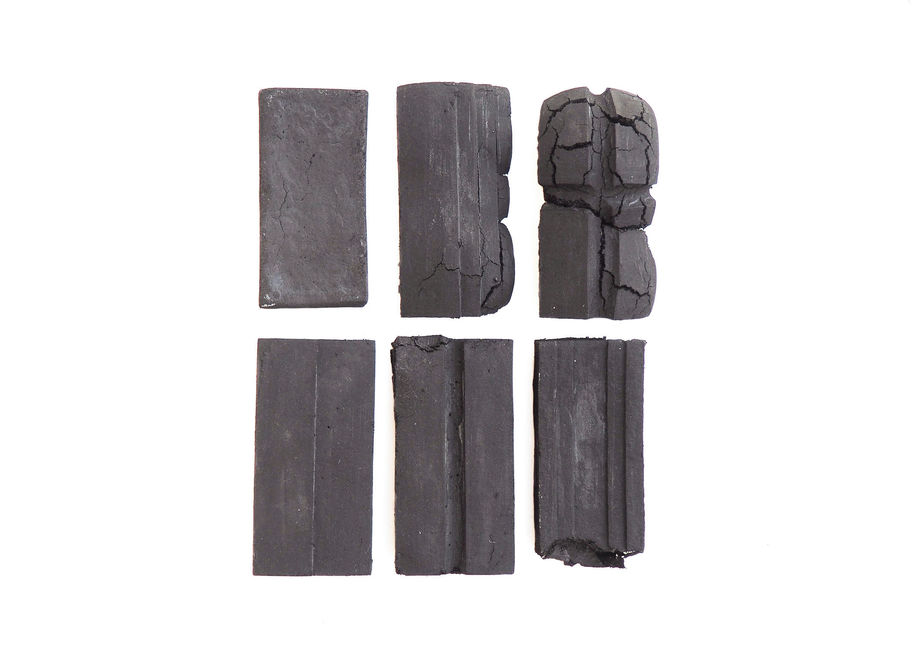Exploring biochar as a carbon-storing and waste utilizing material in a design context by Emma Sivusalo

Abstract:
The heating of the Earth’s climate system caused by human activities observed since the pre-industrial period calls for an urgent ecological reconstruction and reductions in carbon intensity. Natural resources, social structures, national economies, and the environment are put under extraordinary pressure due to the combination of evolving societies and growth in global trade, energy consumption, carbon emissions, and population. Furthermore, since the human population will not only keep increasing but also become more affluent, the planet cannot sustain the ever-growing resource consumption rates. A shift in the current economic system that is still widely based on the excessive use of natural resources for production while entailing the fabrication of waste, is required.
This thesis approaches biochar, a carbon-rich product utilizing waste biomass, using experimental design as a method. The research contains a theoretical and a practical part and aims to understand biochar’s material properties to explore whether applying biochar-based material combinations as an alternative for more carbon-intensive and energy-heavy materials would allow easing up the emissions generated in the production of artefacts.
The creative process of exploring material combinations of biochar and algae/agar as a binder is described as the practical part of this thesis. It first seeks ideal proportions and consistencies that allow casting using plaster as a mold material. Secondly, experiential knowledge of how the combinations work, gained through the process of trial and error, is applied to shape-making. These tests’ main goals are (1) to figure out whether a plaster mold works in casting a biochar-based material, and (2) to figure out whether desired shapes created by casting can be maintained, and what factors mainly affect the results. The material test results are analyzed, and a series of quick experiments are carried out to enhance the results to vision possible uses for such material and to map improvement areas for further development.








